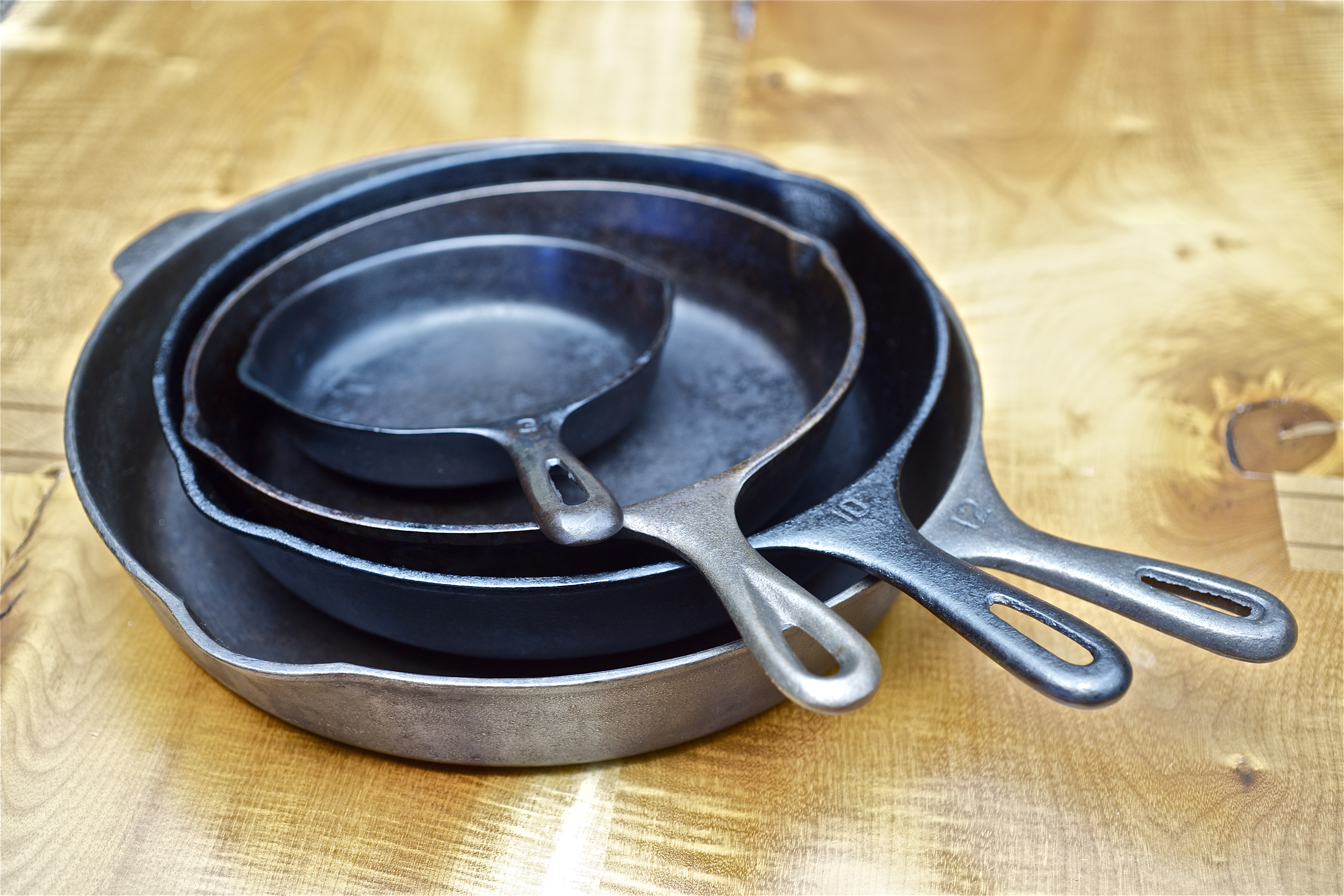Home Flooded? 10 Cleanup Tips to Reduce Damage

It doesn’t matter if you live in a high-risk area or not, floods can affect anyone. From broken pipes to storms, there are a lot of things that can trigger a flood!

And while floods are devastating by themselves, it’s important to know what to do to prevent additional water damage.
The 48-Hour Rule
Following the 48-hour rule is one of the most important ways of preventing mold after water damage. According to it, you will need to dry out any wall or furniture that got wet from the flood within 48 hours. Failure to do that will result in mold, meaning that you will have to replace the furniture and wallpaper.
Remove the Furniture
In order to follow the 48-hour rule, you will need to remove every piece of furniture before it gets wet. You can leave it in your garage or your driveway to dry, especially if the sun is up.
Use Aluminum Foil
If you can’t remove every piece of furniture from the room, you can use aluminum foil to protect them. Simply place the foil between the wet floor and the legs of furniture that you can’t remove. You can also use wood blocks or similar objects instead of aluminum foil.

Avoid Draining the Water Too Quickly
Knowing how to remove water from a flooded room is extremely important. Depending on the area affected by the flood, draining the water too quickly can cause severe damage. For instance, if you are dealing with a basement flood, removing the water will lead to pressure changes that can cause the foundation to collapse.
Know What Flood Cleanup Supplies to Buy
If you don’t have any flood cleanup supplies ready, then you will need to go shopping as soon as possible. Start by buying a couple of dehumidifiers and fans, to help you dry out the walls. Additionally, make sure to get a few protective items such as gloves and boots. Not just any gloves would work in this case. It may be tempting to use gardening gloves, though they can be useful to you when moving things around. That is because they are not sterile and cannot keep out contaminants and pathogens in the flooded water that could get in contact with your hand. That is why it is best to invest in sterile nitrile gloves. There are powder-free types that will help your hands remain comfortable when handling wet items. On top of that, they can help keep you safe from germs and bacteria throughout the cleaning process.
Don’t Use a Vacuum for Water Removal
Using a vacuum cleaner to remove water and mud can have shocking results for both you and your device. Mud can clog the vacuum while water can short circuit it. Not only that, but you might end up electrocuting yourself if you use any electrical appliances to clean the water.

Improve the Airflow
Improving the airflow is the key to preventing mold in the basement or any flooded rooms. You can do that by opening the windows and doors, allowing fresh air to enter the room. Furthermore, you can use an AC system to improve ventilation even more.
Turn Off the Utilities
Most flood cleanup procedures mention that you must shut down electricity before cleaning up. However, you should also turn off utilities such as gas, to avoid any accidents.

Remove Standing Water
Any leftover water can be the breeding ground of bacteria and mold. Make sure to remove all standing water pools, no matter how small they are. You can do that by using a pump, or towels if the pools are too small.
Get Professional Help
Sometimes, a flood can be too much to handle, especially if it happens for the first time. That’s why you should contact a local company that deals with flood damage restoration and repair. Additionally, you even ask them for tips on how to protect against future floods.
Final Thoughts
Overall, cleaning up after a flood can be a hard task, no matter how much experience you have. But if you pay attention to our tips, you will most likely save the majority of your furniture and items. Just remember to stay safe and follow all the flood cleanup safety procedures.







Leave a Comment